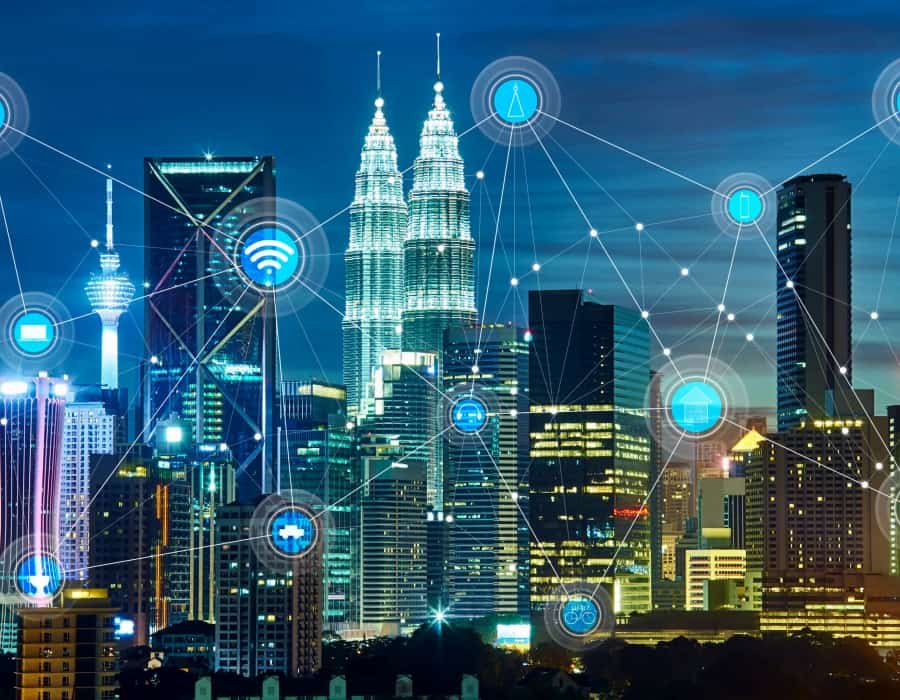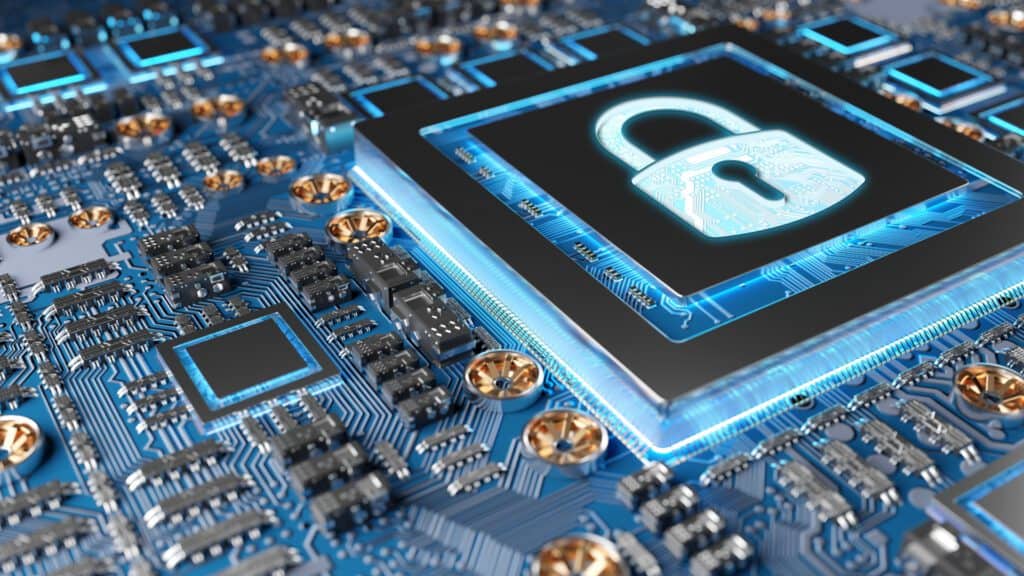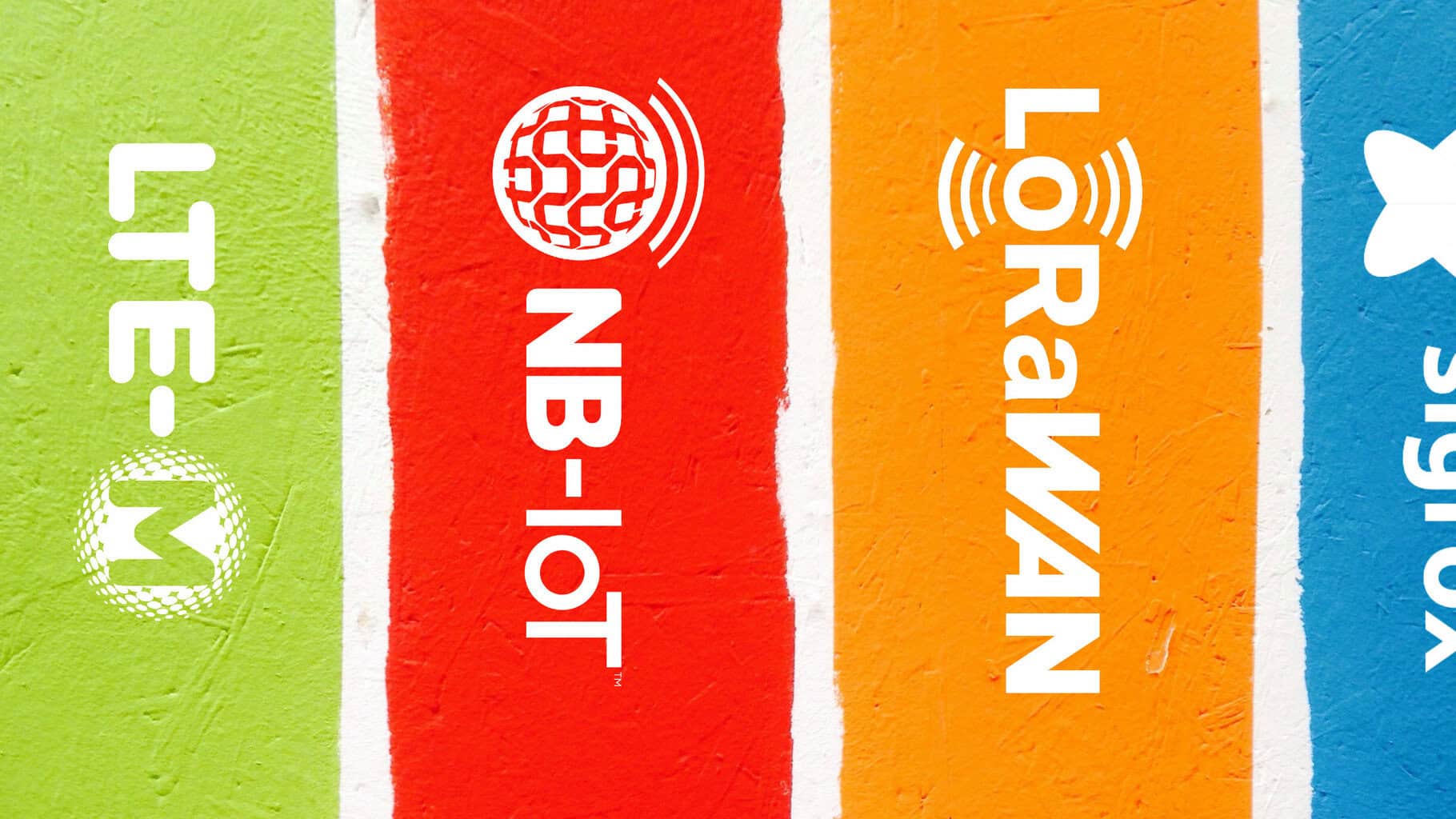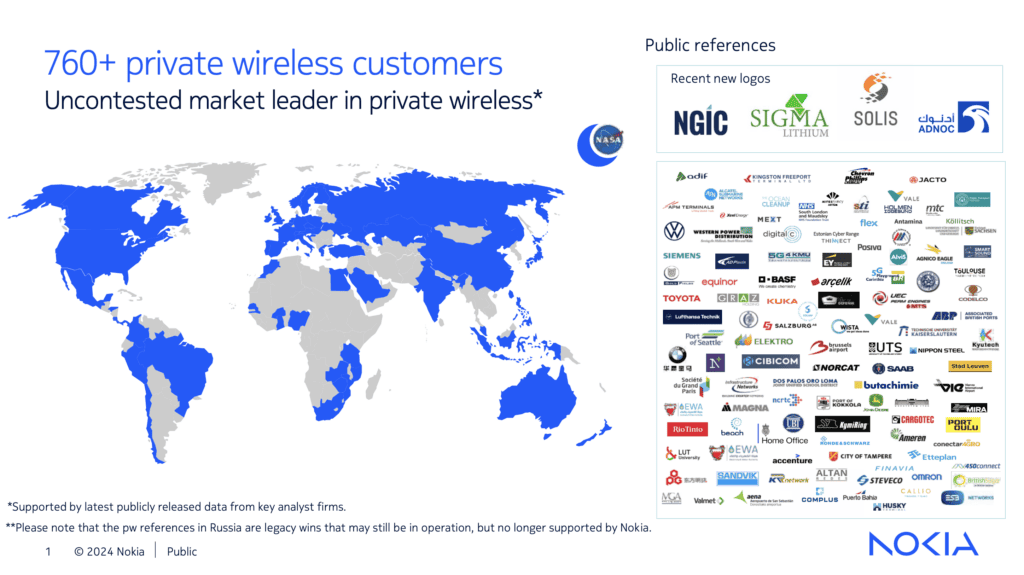Wi-Fi HaLow, a revolutionary wireless protocol, is at the forefront of this change, redefining urban connectivity for smart cities and IoT applications.
Developed as an extension of traditional Wi-Fi, Wi-Fi HaLow addresses the specific needs of IoT applications by operating in the sub-GHz band, offering unmatched range, coverage, and power efficiency. This certification, based on the IEEE 802.11ah standard, outperforms conventional Wi-Fi in various frequency bands, making it an ideal choice for smart city connectivity.
Companies like Morse Micro are leading the charge in developing next-generation Wi-Fi HaLow solutions, covering vast areas and enabling long-range connectivity. These advancements align with the goals of smart city developers, facilitating industrial automation, environmental sustainability, and enhanced services.

Revolutionizing Urban Connectivity for Smart City Technology and IoT
A significant change in how industrial environments are created, experienced, and navigated can be seen in the world smart city movement. Digital transformation and Internet of Things (IoT) technologies, which are transforming urban infrastructure and cityscapes into hubs of intelligent connectivity, are contributing to this enormous change. The development of cutting-edge mobile technologies that meet the particular needs of smart cities is at the heart of this trend. Among these emerging technologies, Wi-Fi certified HaLowTM stands out as an appropriate wireless protocol for smart city connectivity.
The Wi-Fi HaLow, a development of traditional WiFi, was created with the needs of IoT applications in mind. The Wi-Fi Alliance released it as a fresh certification in November 2021, incorporating the IEEE 802.11ah standard. Wi-Fi HaLow redefines the limits of mobile connectivity for smart city and IoT applications by operating in the sub-GHz band and outperforms conventional Wi-Fi in 2.4, 5 and 6 GHz bands in terms of range, coverage, and power efficiency. Much range connectivity beyond 1km, low power consumption, advanced Wi-Fi CERTIFIED WPA3TM security, and substantial network density are exactly the qualities that bright cities demand from Wi-Fi HaLow, which has the capacity to connect more than 8,000 devices from a single access point.
Morse Micro: Leading the Evolution of Wi-Fi HaLow for Smart City Connectivity and IoT Solutions
Morse Micro is creating next-generation Wi-Fi HaLow solutions that cover 100 times the area of traditional Wi-Fi networks and extend 10 times higher, building on the advantages of the IEEE 802. 11ah standard. These developments advance the objectives of developers of smart city applications by enabling long-range connectivity, automating industrial services, and encouraging environmental sustainability.
The possible effects of Wi-Fi HaLow networks on smart city transit systems are a perfect example of this innovation. Due to the high cost and complexity of expanding wireline networks, standard network infrastructure upgrades frequently experience bottlenecks, underscoring the need for novel long range wireless technology. In these circumstances, Wi-Fi HaLow’s superior range, penetration, and performance offer a transformative solution, far outperforming the low data rates of low-power wide-area networks (LPWANs) like LoRa and far exceeding the range limitations of conventional Wi-Fi in the 2.4, 5 and 6 GHz bands.
Due to its adaptability, Wi-Fi HaLow is able to combine various building automation systems into a single connectivity platform that offers the best speed and range balance. It also enables cutting-edge IoT applications, such as those that combine video with sensors. Real-time administrative data and the people and systems in charge of wise buildings, data centers, business processes, and other metropolitan utilities are seamlessly connected by this system. It is perfect for connecting a wide range of subsystems, including microgrids and edge AI cameras, as well as HVAC and bright lighting, thanks to its extended range and sophisticated security.

Cost-Effective and Efficient: Leveraging Wi-Fi HaLow for Smart City Applications
The overall cost of deploying and managing network services for smart cities is lower than with other cellular solutions thanks to standards-based Wi-Fi HaLow. In order to operate, Wi-Fi HaLow uses license-free radio spectrum, and equipment that is compatible with it can be purchased from a variety of OEMs. There is no ongoing fee to use Wi-Fi HaLow connectivity, in contrast to mobile service providers who charge for the use of their networks. There are many knowledgeable individuals who are familiar with WiFi technology and can use tried-and-true procedures to run and maintain Wi-Fi HaLow networks. These financial advantages lower smart city operating costs, and the savings can be passed down to the residents of a municipality.
Wi-Fi HaLow boosts a variety of smart city applications on an enterprise level, such as compliance systems, energy management, maintenance, occupant services, utility billing, demand control, and indoor air quality (IAQ) monitors. Wi-Fi HaLow can give these applications the ability to handle significant amounts of IoT device connectivity, substantially improving operations and services within a smart city, thanks to its unique advantages in range, power efficiency, network capacity, and security.
Transforming Smart Cities with Wi-Fi HaLow: A Blueprint for Connectivity and Innovation
Smart city applications are changing thanks to Wi-Fi HaLow’s special combination of longer range, lower power consumption, advanced security, and high-density connectivity. Wi- Fi HaLow is a powerhouse protocol that can meet the many requirements of the smart city, whether in support of integrated transit systems, streamlined building operations, or increased enterprise applications. Effective data sharing and automation are made possible by its capacity to connect thousands of IoT devices across vast industrial landscapes, which improves city services, economic sustainability, and residents’ quality of life.
Advanced mobile protocols like Wi-Fi HaLow have become crucial enablers of technology innovation as cities around the world transition to clever, connected environments. Wi-Fi HaLow is n’t just advancing smart cities; it’s also raising the bar for wireless communications by offering a connectivity solution tailored to the specific needs of IoT applications. A major step toward a smarter, safer, and more connected future is being made with Wi-Fi HaLow’s expanding market momentum, reshaping our metropolitan landscapes one city by one.









